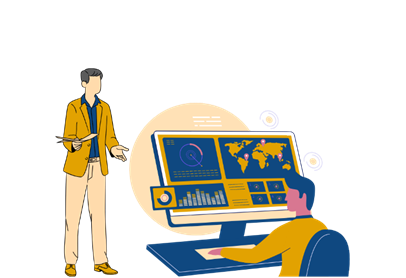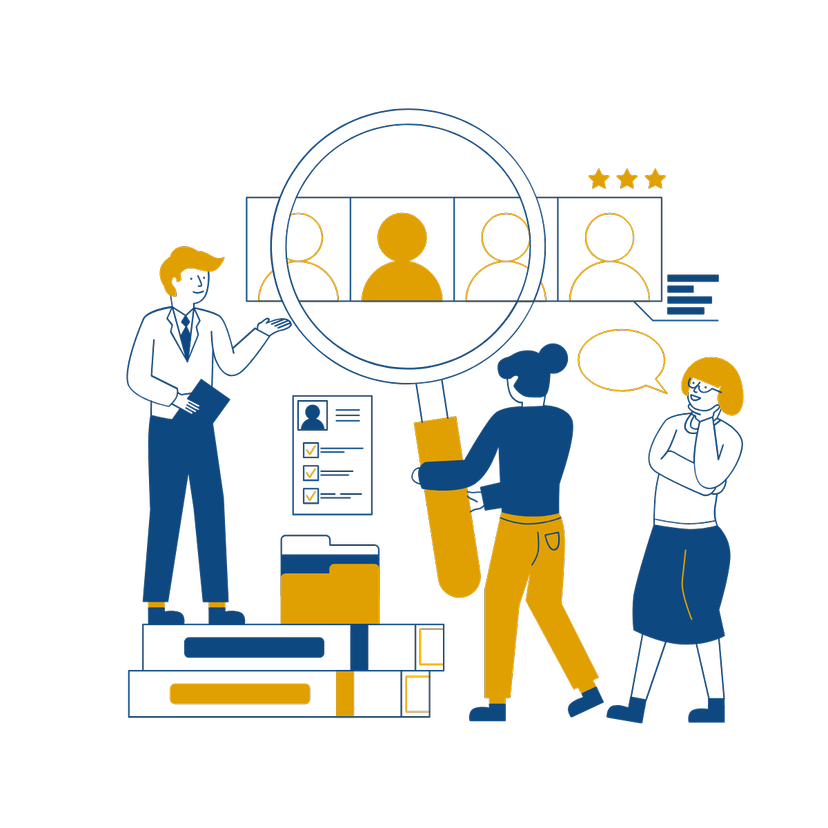Employee monitoring has become one of the most debated workplace practices in recent years. With remote work, hybrid setups, and advanced HR technology, companies now have the ability to track employee activity more closely than ever before. While monitoring can improve productivity and protect company assets, it can also raise questions around trust, privacy, and work-life balance.
In this blog, we’ll uncover some shocking things about employee monitoring that every leader and HR professional should know, along with tips on how to strike the right balance between oversight and employee trust.
-
The Extent of Monitoring is Bigger Than You Think
Many organizations go far beyond tracking log-in and log-out times. Today’s monitoring tools can capture:
- Keystrokes and mouse activity
- Websites visited during work hours
- Application usage data
- Email and chat communication patterns
- Location tracking for remote or field employees
- Screen recordings and random screenshots
While these capabilities may boost control, they can also create a sense of constant surveillance if not communicated transparently.
-
Employees Know More Than You Realize
One shocking reality is that employees often know when they’re being monitored. This awareness can lead to discomfort, anxiety, or even resistance. In some cases, employees may try to find workarounds, which defeats the purpose of monitoring altogether.
Instead of relying solely on hidden tracking, organizations should adopt open communication and explain why monitoring is in place.
-
Over-Monitoring Can Backfire
Studies show that excessive surveillance can damage trust and lower morale. Employees may feel they’re being treated as machines rather than professionals. This leads to:
- Increased stress and burnout
- Higher attrition rates
- Reduced creativity and innovation
- A “minimum effort” mindset where employees only do the bare minimum to avoid penalties
Monitoring is meant to improve productivity, but overdoing it can actually cause the opposite.
-
Legal and Ethical Boundaries Matter
Another surprising fact is that employee monitoring isn’t just a managerial decision—it’s governed by laws and ethical standards. Unauthorized or intrusive tracking can expose companies to lawsuits and reputational damage. For example:
- Recording personal messages without consent may violate privacy rights.
- Tracking outside of work hours can be considered intrusive.
- Failing to disclose monitoring policies may lead to compliance issues.
This is why HR teams must ensure monitoring practices comply with labor laws and data protection regulations.
-
Finding the Right Balance
So, how do companies balance the need for oversight with employee trust? Here are some best practices:
- Be transparent: Inform employees about what data is collected and why.
- Set clear boundaries: Monitor only during working hours and limit tracking to work-related activities.
- Focus on outcomes, not activity: Instead of tracking every click, measure performance through goals and deliverables.
- Give employees access to their own data: Allow them to review insights and use it for self-improvement.
- Use technology wisely: Leverage HRMS platforms like attendance tracking and performance management instead of intrusive surveillance.
-
Healthy Monitoring Can Benefit Everyone
When done right, monitoring doesn’t have to feel like spying—it can be a tool for growth. For instance:
- Employees get clarity on productivity patterns.
- Managers can identify workload imbalances and redistribute tasks.
- Companies can spot inefficiencies and improve workflows.
- Compliance and data security risks can be managed proactively.
The key is balance: monitoring should empower, not restrict.
Zeba Pro’s Take: Smarter Monitoring, Not Surveillance
At Zeba Pro, we believe that employee monitoring should never cross into micromanagement or breach of trust. Instead of invasive tracking, our HRMS platform focuses on fair and transparent tools like attendance management, payroll integration, and performance insights that give both employers and employees clarity without unnecessary intrusion.
We help organizations build cultures where productivity is encouraged, not forced, and where employees feel valued rather than watched.
Final Thoughts
Employee monitoring can be shocking in its extent, but it doesn’t have to be harmful. The real challenge for modern workplaces is finding the balance between accountability and autonomy. By focusing on outcomes, respecting boundaries, and leveraging smart HR tools, businesses can ensure monitoring is a win-win for both employees and employers.
👉 Visit www.zeba.pro to explore how Zeba Pro can help you achieve smarter workforce management without compromising trust.
Zara Ahuja
Published on July 4, 2025






